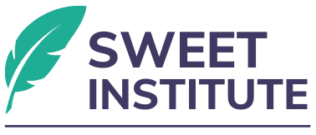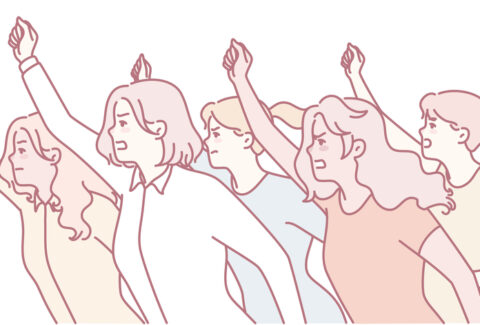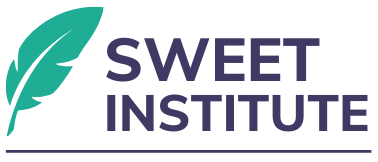Breaking the Silence: Speaking Truth to Internalized Oppression
Introduction: Why Silence Becomes Complicity
Internalized oppression thrives in silence. When we avoid naming it, out of fear, shame, or conditioning, it strengthens its grip on our identity. Silence becomes not just the absence of words, but the reinforcement of harmful systems that echo in our minds and shape our behaviors. Speaking truth is more than an act of resistance, it is an act of liberation.
The Weight of Unspoken Narratives
Sociological research shows that marginalized communities often develop “double consciousness,” a term coined by W.E.B. Du Bois (1903), in which individuals view themselves through the lens of a dominant culture while struggling with their authentic identity. This duality creates internal conflict, often silenced because speaking it feels unsafe or futile. Yet, unspoken, it calcifies into limiting beliefs like “I am less than” or “My voice doesn’t matter.”
Studies in psychology further reveal that silence in the face of oppression correlates with higher rates of depression, anxiety, and somatic symptoms (Williams et al., 2018). What remains unspoken doesn’t disappear; rather, it transforms into psychological burdens.
The Transformative Power of Voice
Voice disrupts the cycle of internalized oppression. Naming the unspoken, whether in therapy, community dialogue, or art, transforms shame into connection and isolation into solidarity. Narrative therapy, for example, emphasizes the power of externalizing oppressive narratives and rewriting them (White & Epston, 1990). When a person says, “This voice is not mine, it is oppression speaking through me,” they begin to reclaim authorship of their identity.
Science of Speaking Out
Neuroscience shows that naming emotions and experiences reduces amygdala hyperactivity and activates the prefrontal cortex, improving regulation and reducing distress (Lieberman et al., 2007). This means that even the simple act of saying aloud, “I feel silenced,” has measurable healing effects. Language literally reshapes the brain’s relationship to oppression.
Practical Pathways to Break the Silence
- Name It: Begin by saying the oppressive thought aloud. For example: “I notice I am thinking I don’t belong here.”
- Claim Your Truth: Follow it with your own counter-narrative: “I have as much right to be here as anyone.”
- Practice Collective Truth-Telling: Create or join spaces where stories of oppression can be shared and validated. Research shows collective storytelling increases resilience and decreases isolation (Yehuda et al., 2016).
- Use Creative Expression: Poetry, song, dance, or visual art provide alternative channels when words feel too dangerous.
Closing Reflection
Breaking silence is not easy. It may feel risky, and sometimes unsafe, in environments that still punish authenticity. But silence serves the oppressor, never the oppressed, and every act of speaking truth, however small, chips away at internalized oppression and expands the field of possibility for others.
Ask yourself: Where have I been silent? Whose voice am I protecting by not speaking my truth—mine, or the oppressor’s?
⸻
References
- Du Bois, W.E.B. (1903). The Souls of Black Folk. Chicago: A.C. McClurg & Co.
- Lieberman, M.D., et al. (2007). Putting feelings into words: Affect labeling disrupts amygdala activity in response to affective stimuli. Psychological Science, 18(5), 421–428.
- White, M., & Epston, D. (1990). Narrative Means to Therapeutic Ends. New York: W.W. Norton.
- Williams, D.R., Lawrence, J.A., & Davis, B.A. (2018). Racism and health: Evidence and needed research. Annual Review of Public Health, 40, 105–125.
- Yehuda, R., et al. (2016). Collective trauma and resilience. Annual Review of Clinical Psychology, 12, 337–361.
Download the scholarly version of this article by clicking HERE







